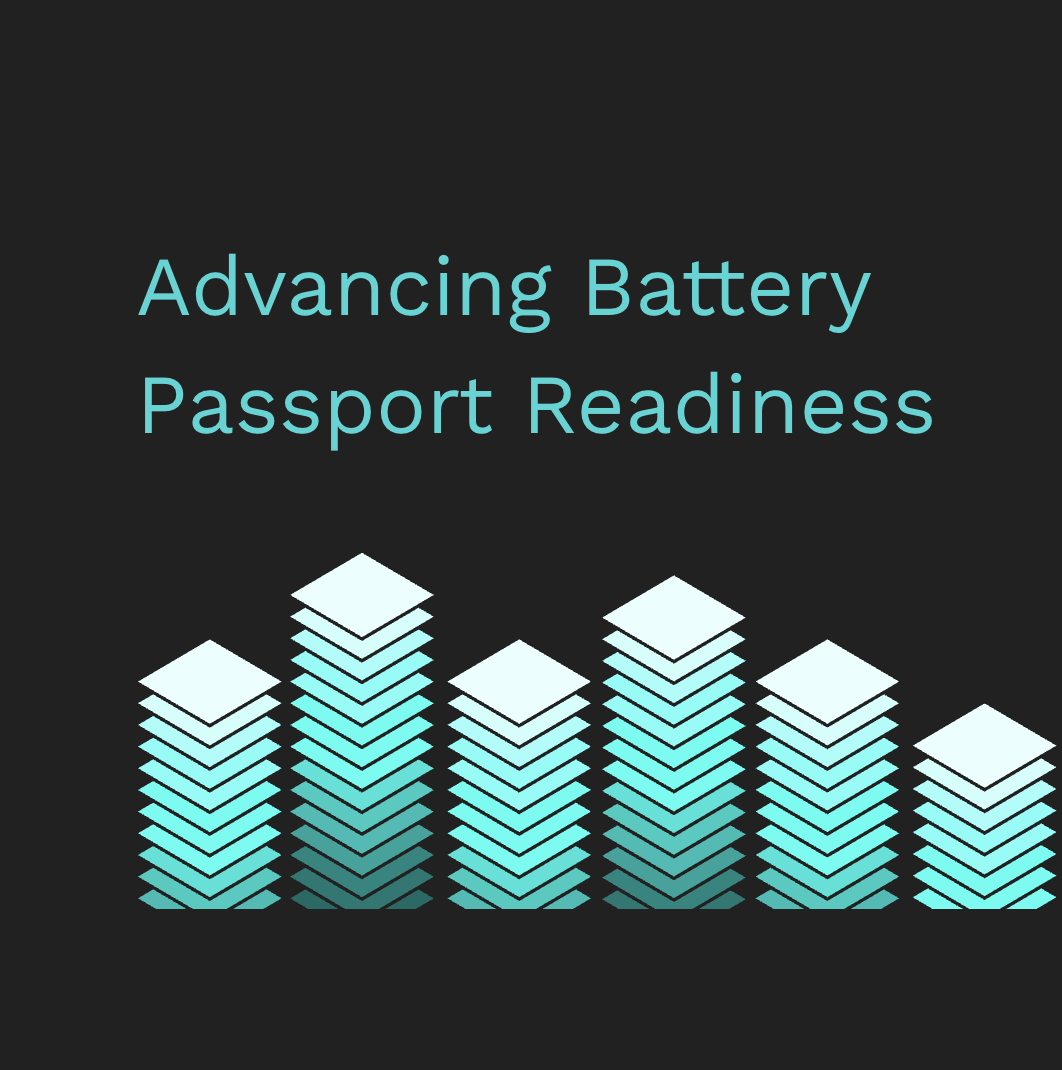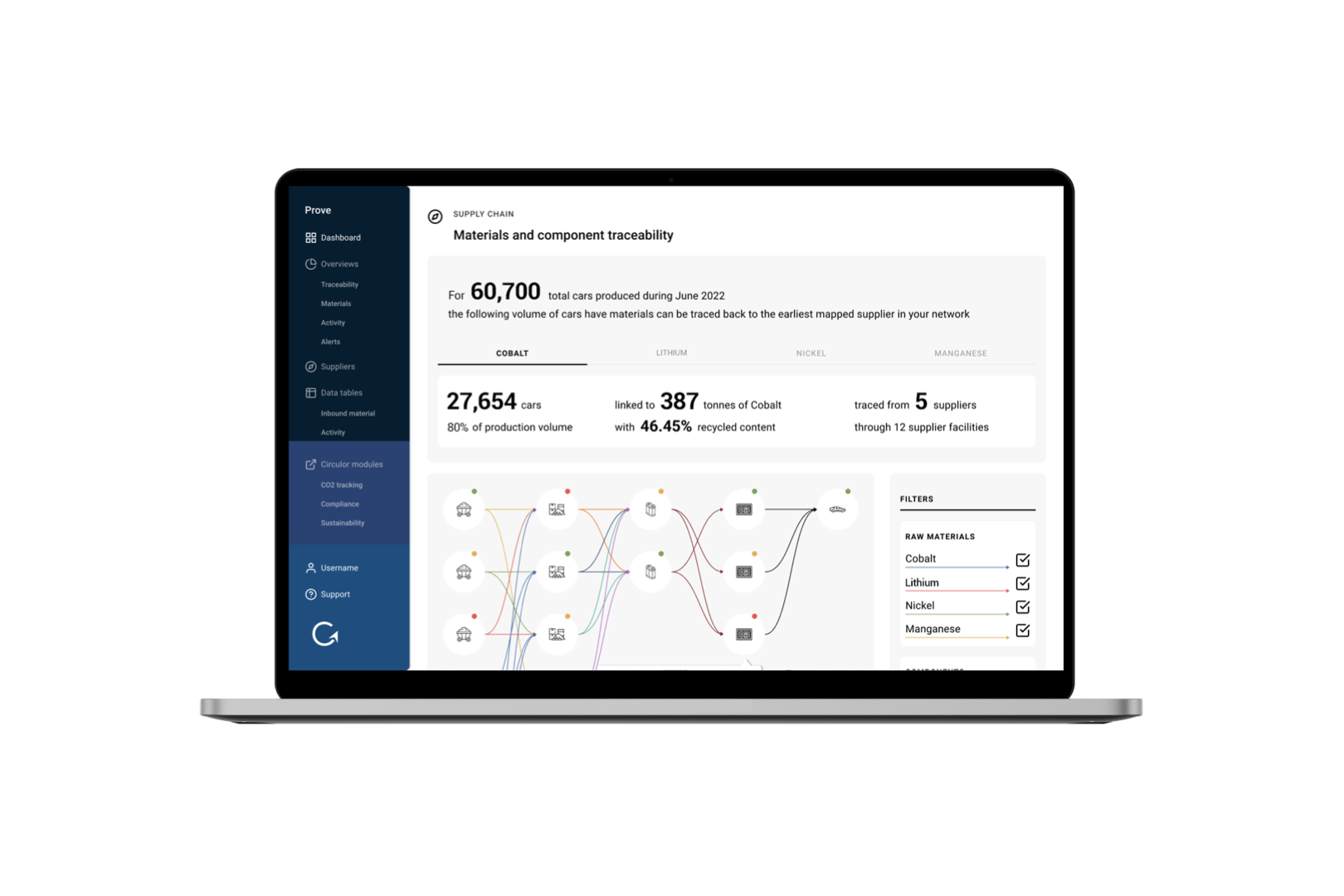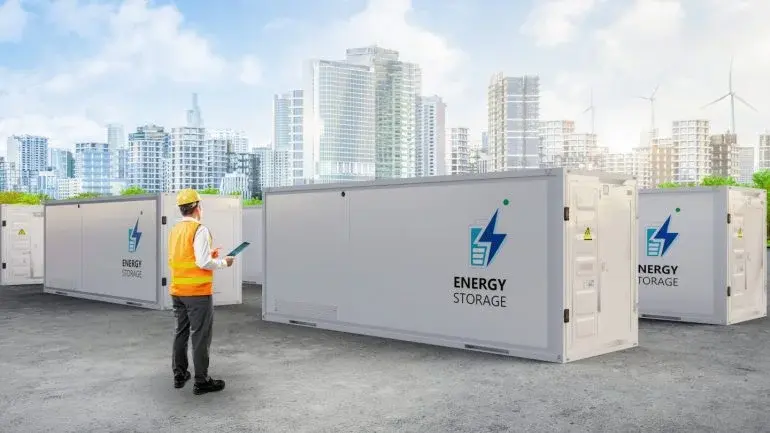
01.07.2021
Commentary
What the EU Battery Regulation tells us about the Battery Passport
Circulor is already working with its Partners on developing a battery passport to track the full lifecycle of a battery and adhere to EU Battery Regulation.
In light of the expected exponential growth in industrial and automotive electrification in Europe, there is increasing concern about the negative impact of industrial and electric vehicle batteries regarding their carbon footprint and the extraction of materials. In discussions on approaches to solving these issues, the concept of a Battery Passport is gaining significant traction with regulators, investors and organisations.
The Battery Passport is widely understood as a digital system that stores relevant battery data along the entire battery lifecycle. This should ensure circular lifecycle management and therefore enable a transition to low-carbon mobility and energy storage. Nevertheless, there is a lack of clear understanding of what such a system actually needs to look like in order to create significant added value for the industry. The details of data collection, roles of participating stakeholders, technology provided and standards used remain unclear.
The EU Battery Regulation proposal
On 10 December 2020, the European Commission published a proposal for a new Battery Regulation, which is expected to take effect as of 1 January 2022 and will replace the current Battery Directive 2006/66/EC and amend Regulation 2019/1020. Its aim is to ensure that batteries on the EU market are sustainable and safe throughout their lifecycle. One proposed measure to achieve this is the provision of information about the battery’s nature and status to several stakeholders along the battery lifecycle through (1) an open standard electronic exchange system for battery information and (2) a battery passport scheme.
(1) The electronic exchange system can be understood as a European dataspace for batteries and will require economic operators* of all rechargeable industrial batteries and electric vehicle batteries with internal storage and a capacity above 2 kWhto make relevant static battery information available in a digital format. Data that should be accessible to the public ranges from general information regarding the battery’s manufacturing, composition and technical performance parameters to sustainability information regarding each battery’s carbon footprint, responsible sourcing and share of recycled content. More sensible information for dismantling and safety, such as disassembly sequences and a detailed description of materials used, shall be made accessible only to accredited remanufacturers, second-life operators, and recyclers. To ensure uniform standards for the implementation of this system, it is planned to be set up and implemented by the European Commission itself by 1 January 2026.
(2) To further foster the development of a market for secondary batteries and facilitate their reuse, repurposing or remanufacturing, the Commission also proposes the obligation for the economic operator to keep an additional electronic record for each individual battery, a so called “battery passport”. In the passport, dynamic battery data should be stored, managed and disclosed. More specifically, this record should store all information and data needed to determine the state of health and expected lifetime of batteries. Examples for such parameters are the rated capacity, power capability and pack resistance. The economic operator shall make this record available via a QR code directly printed or engraved on the battery. In contrast to the system under (1), the Commission mentions no plans to set up management systems for battery passports in a centralised way.
Although we can expect further details in the implementing legislation on some open points, especially with respect to the specific stakeholder interaction, frequency of data updates and responsibilities along the lifecycle, the EU is definitely pointing in a clear direction and promotes a better understanding of what such a large-scale digital system to sustainably handle large batteries could look like.
How Circulor is implementing the Battery Passport
At Circulor we are convinced that an effective mechanism for the traceability and management of electric vehicle and industrial batteries is key to enable higher material efficiency, lower carbon emissions and an overall reduction of the environmental impact and social risks along a battery’s lifecycle. It will not only enable second-life operators to take informed business decisions and allow recyclers to better plan their operations, but also allow consumers to make conscious decisions motivating manufacturers to develop more innovative and sustainable products in the future.
Circulor has already developed a proven technology solution to help companies gain visibility into their most critical materials supply chains as well as evaluate and improve their ESG performance by creating a digital twin of these materials on a Blockchain. This puts Circulor in a strong position to develop a regulatory compliant management system of battery passports based on the current platform to track the full lifetime journey of a battery in the market. In order to create a valuable solution for all stakeholders, Circulor is already engaging in a number of partnerships and industry consortia working on the battery passport.
Partnership with Polestar
Polestar, the Swedish electric performance car brand established by Volvo, is spearheading a movement for transparency throughout the automotive industry and working with Circulor to accelerate the shift to a climate-neutral future. With the partnership, Polestar and Circulor are setting a radical scope and ambition to track a wide range of raw materials, focusing on those that have identified risks in either environmental and/or human rights. Consumers will be able to follow the journey thanks to Polestar’s Product Sustainability Declaration, which discloses carbon footprint and traced risk materials through labelling on the company website and in Polestar Spaces, setting a unique transparency precedent for the industry and an ambitious standard for the carbon tracking scheme within the battery passport.
Partnership with GAIA- X
As a member of the GAIA-X network, Circulor is actively contributing to an open and transparent digital ecosystem across Europe which will be crucial in accelerating the development of digital product passports, such as the battery passport. GAIA-X is a project to develop a cloud infrastructure for Europe that is secure, federated and interoperable. It is designed to help organisations and businesses in Europe and around the world support an open and transparent digital ecosystem. In practice, it should help companies in Europe run on cloud services that meet specific European standards and values, that support the digital sovereignty of cloud service users, and that provide the scalability required for modern businesses and by the European Commission. Find more about GAIA-X here.
Circulor is also working with different supply chain participants involved in the European EV battery sector, such as Vulcan Energy, to turn Europe into the leading space for green and fair mobility. This work sets the basis for many more partnerships between Circulor and industry stakeholders, together driving the transition towards a more transparent, collaborative and sustainable battery value chain.
For more information, please email info@circulor.com.





![Acculon RA Circulor - website image.001[44].png](/_next/image?url=https%3A%2F%2Fdecisive-wonder-fa24533282.media.strapiapp.com%2FAcculon_RA_Circulor_website_image_001_44_2720fb315d.png&w=1920&q=75)




